In a circuit, 10 C of charge is passed through a battery in a given time. The plates of the battery are maintained at a potential difference of 12 V. How much work is done by the battery?.
To find the work done by the battery when a charge is passed through it, we can use the formula:
Work Done(W)=Charge(Q)×Potential Difference(V)
1. Identify the given values:
- Charge (Q) = 10 C (coulombs)
- Potential Difference (V) = 12 V (volts)
2. Use the formula for work done:
W=Q×V
3. Substitute the values into the formula:
W=10C×12V
4. Calculate the work done:
W=120J(joules)
5. Conclusion:
The work done by the battery is 120 joules.
- Charge (Q) = 10 C (coulombs)
- Potential Difference (V) = 12 V (volts)
W=Q×V
W=10C×12V
W=120J(joules)
The work done by the battery is 120 joules.
Topper's Solved these Questions
- ELECTRIC FIELD AND POTENTIALBOOK - HC VERMA ENGLISHCHAPTER - ELECTRIC FIELD AND POTENTIALEXERCISE - Exercises
75 Videos
- ELECTRIC FIELD AND POTENTIALBOOK - HC VERMA ENGLISHCHAPTER - ELECTRIC FIELD AND POTENTIALEXERCISE - question for short answer
14 Videos
- ELECTRIC FIELD AND POTENTIALBOOK - HC VERMA ENGLISHCHAPTER - ELECTRIC FIELD AND POTENTIALEXERCISE - Objective 2
7 Videos
- ELECTRIC CURRENT THROUGH GASESBOOK - HC VERMA ENGLISHCHAPTER - ELECTRIC CURRENT THROUGH GASESEXERCISE - Short answer
6 Videos
- ELECTROMAGNETIC INDUCTIONBOOK - HC VERMA ENGLISHCHAPTER - ELECTROMAGNETIC INDUCTIONEXERCISE - Questions for short answer
9 Videos
Similar Questions
In the given circuit,
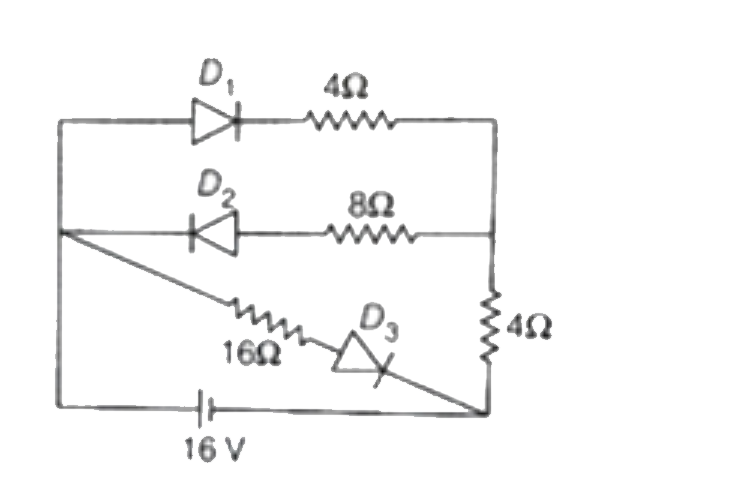
the current through the battery is
View SolutionIn the circuit shown, calculate the current through 6V battery

View SolutionHow much work is done in moving a charge of 2C across two points having a potential difference of 12V ?
View SolutionIn the given circuit, what is the current (in A) through the battery?
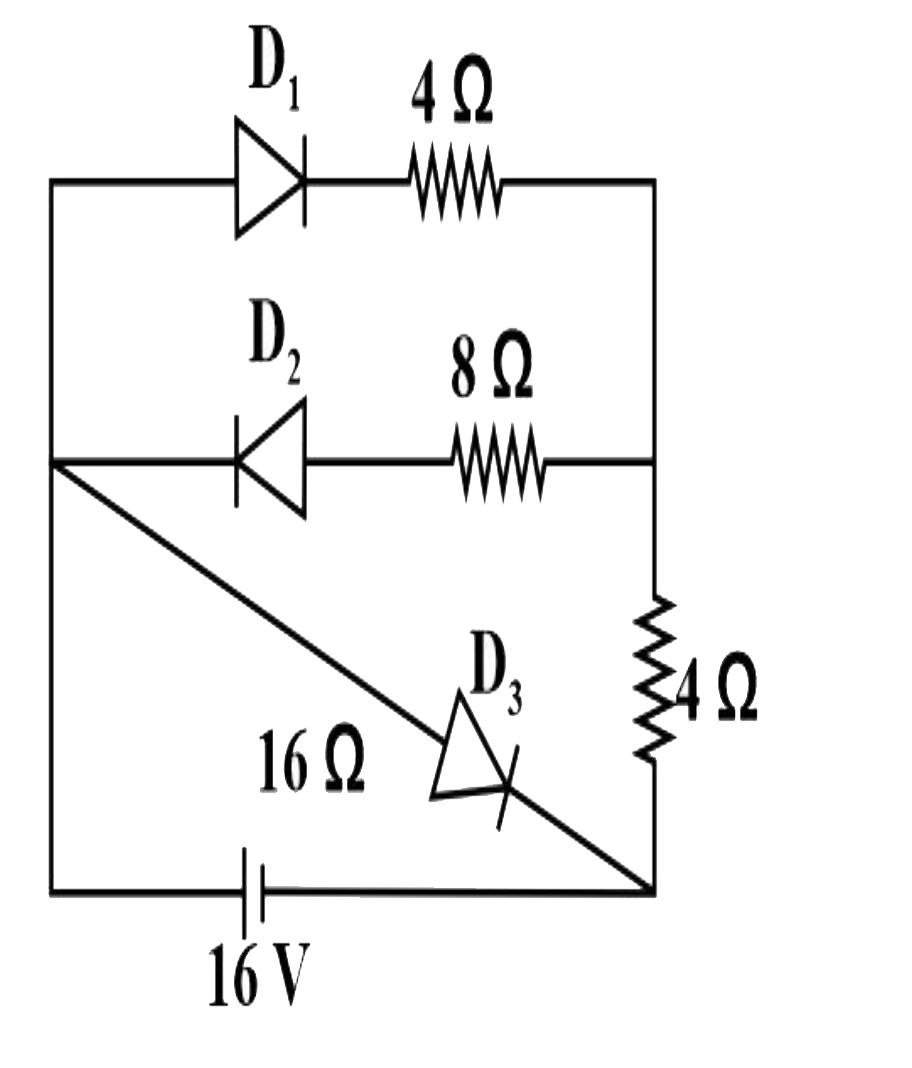
View SolutionAssertion : Potential difference across the terminals of a battery is always less than the emf of the battery.
Reason : During discharging of a battery potential differnce across to terminals of a battery is
V=E−ir
∴V<E
View SolutionThe internal resistance of an accumulator battery of emf 6V is 10(Ω)when it is fully discharged,As the battery gets charged up.its internal resistance decreases to 1(Ω)The battery in its completely discharged state is connected to a charger which maintains a constant potential difference of 9 V.Find the current through the battery (a)just after the connections are made and (b) after a long time when it is completely charged.
View SolutionIn the circuit shown in the adjacent figure, the batteries are ideal. The charge on the capacitor C is
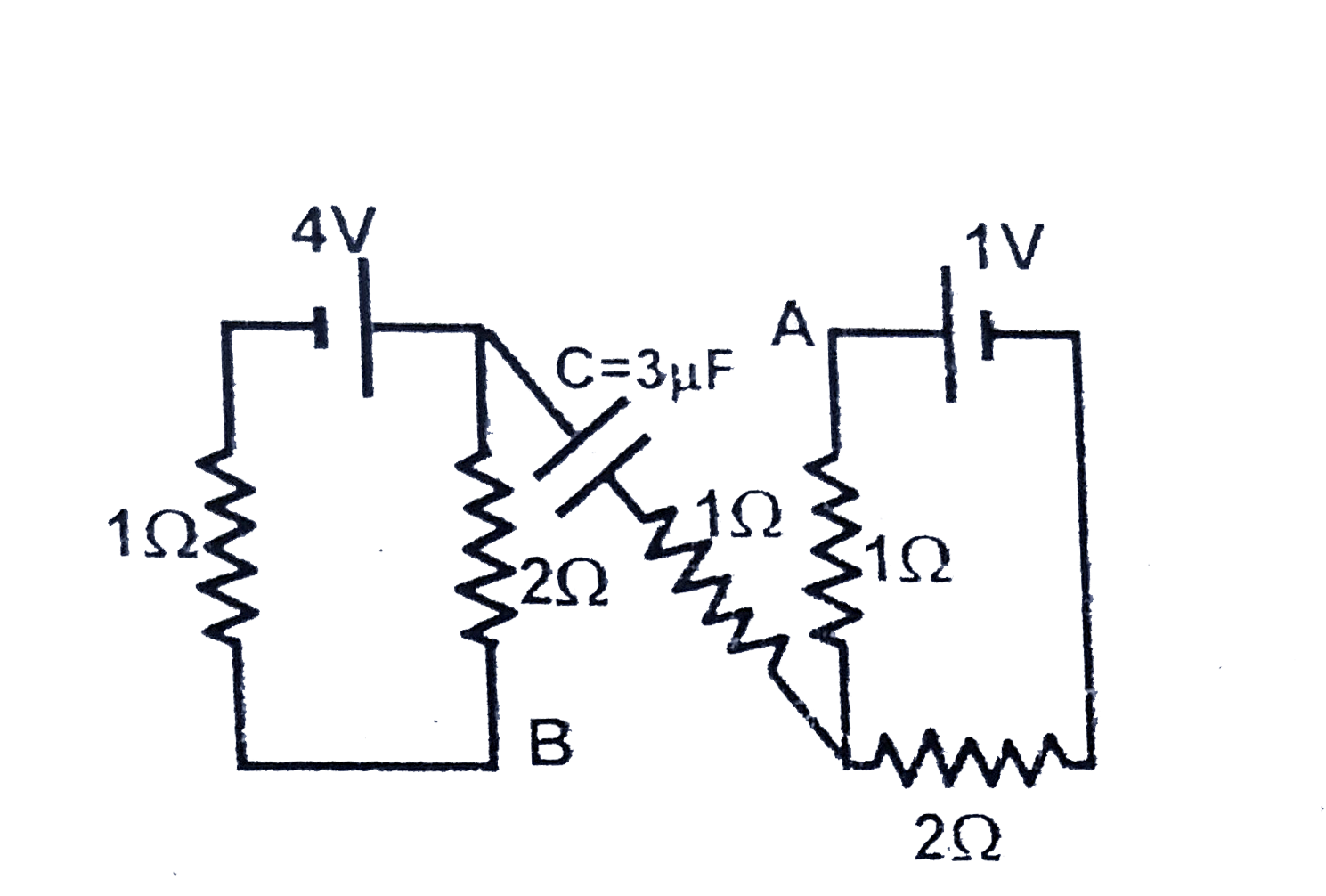
View SolutionCharges Q0 and 2Q0 are given to parallel plates A and B, respectively, and they are separated by a small distance. The capacitance of the given arrangement is C. Now, plates A and B are connected to positive and negative terminals of battery of potential difference V=2Q0/C respectively, as shown, then the work done by the battery is
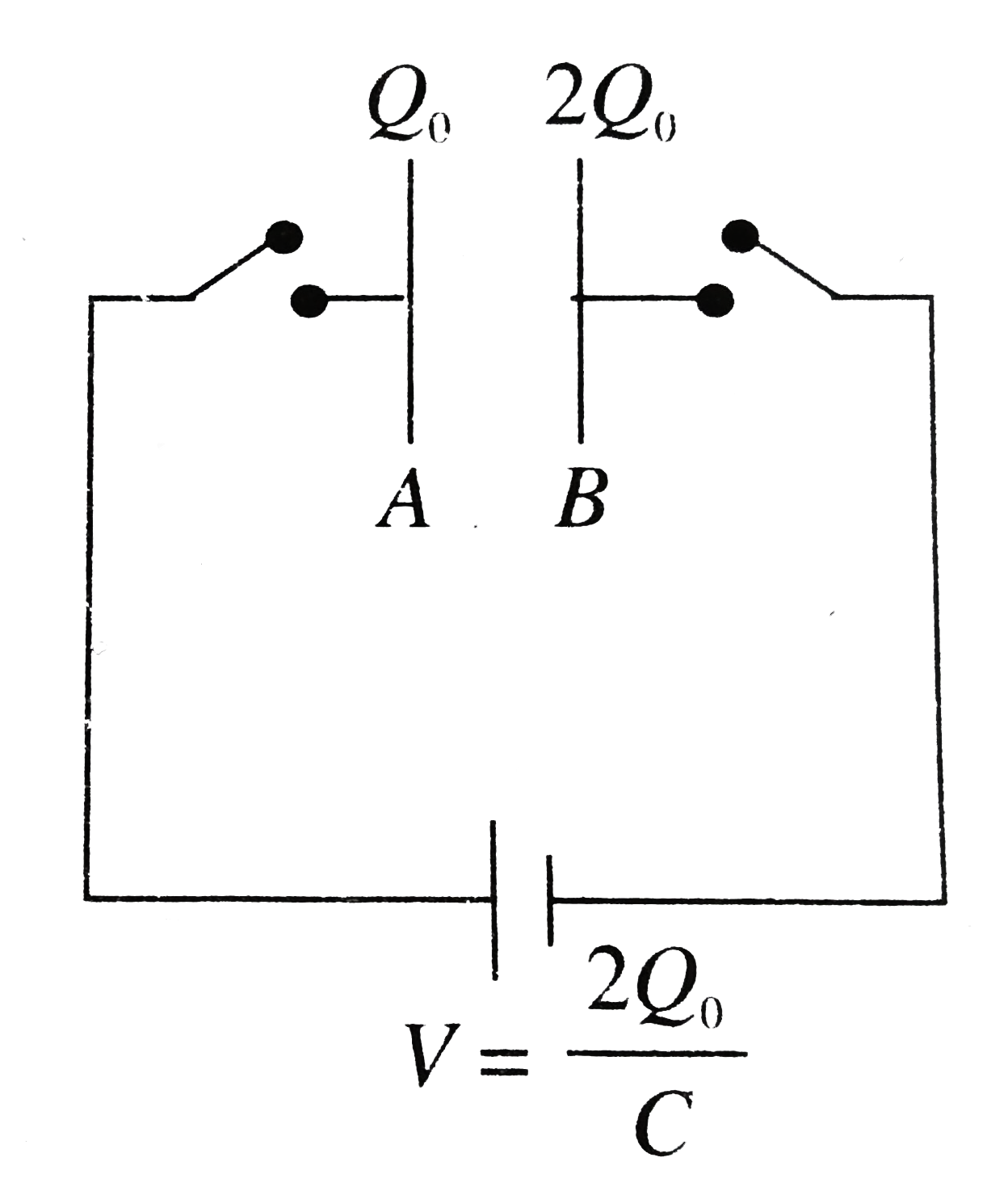
View SolutionIn the circuit shown in figure switch S is closed at time t=0. The charge which passes through the battery in one time constant is
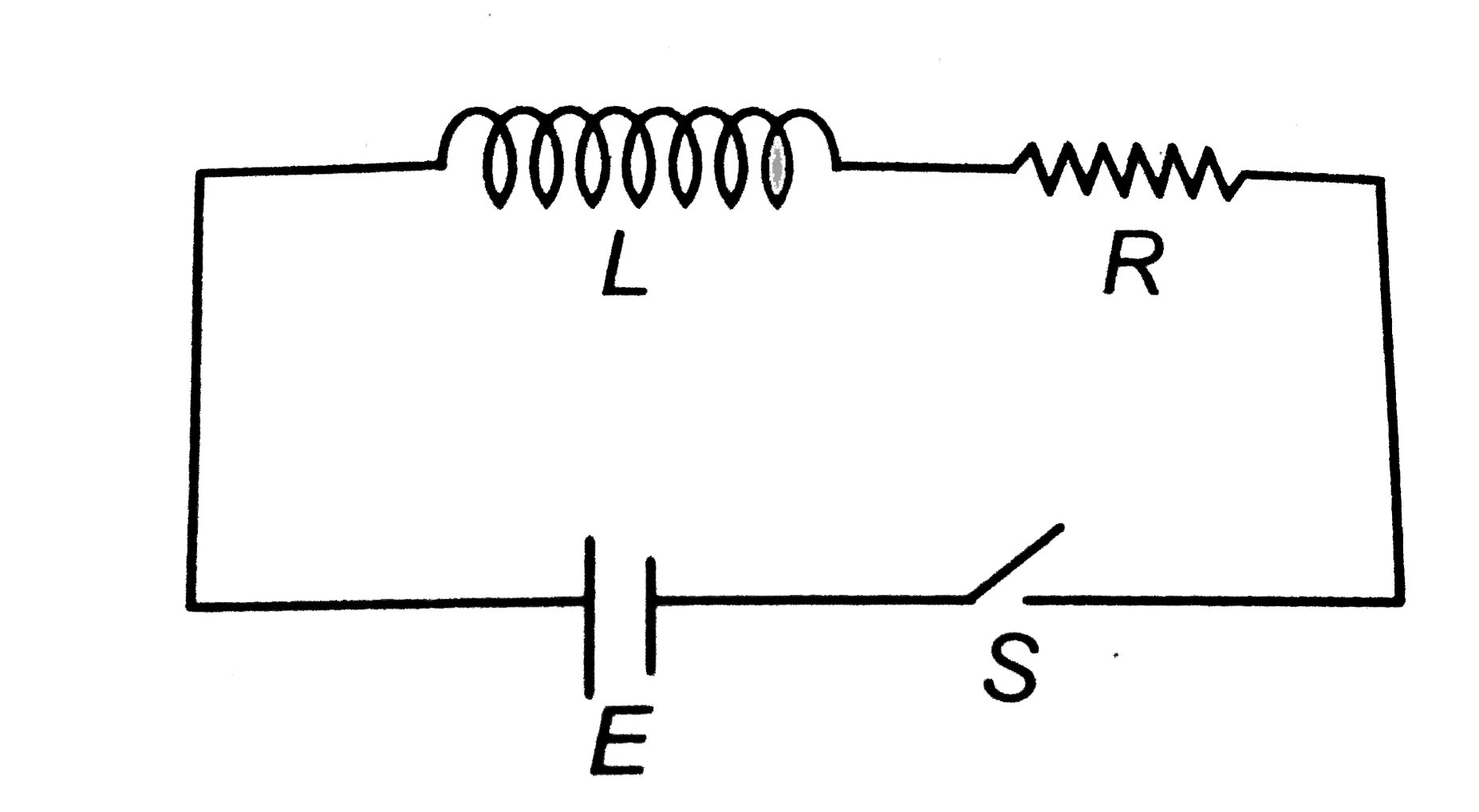
View SolutionThe potential difference across the terminals of a battery is 10 V when there is a current of 3 A in the battery from the negative to the positive terminal. When the current is 2A in the reverse direction, the potential difference becomes 15 V. The internal resistance of the battery is
View Solution
